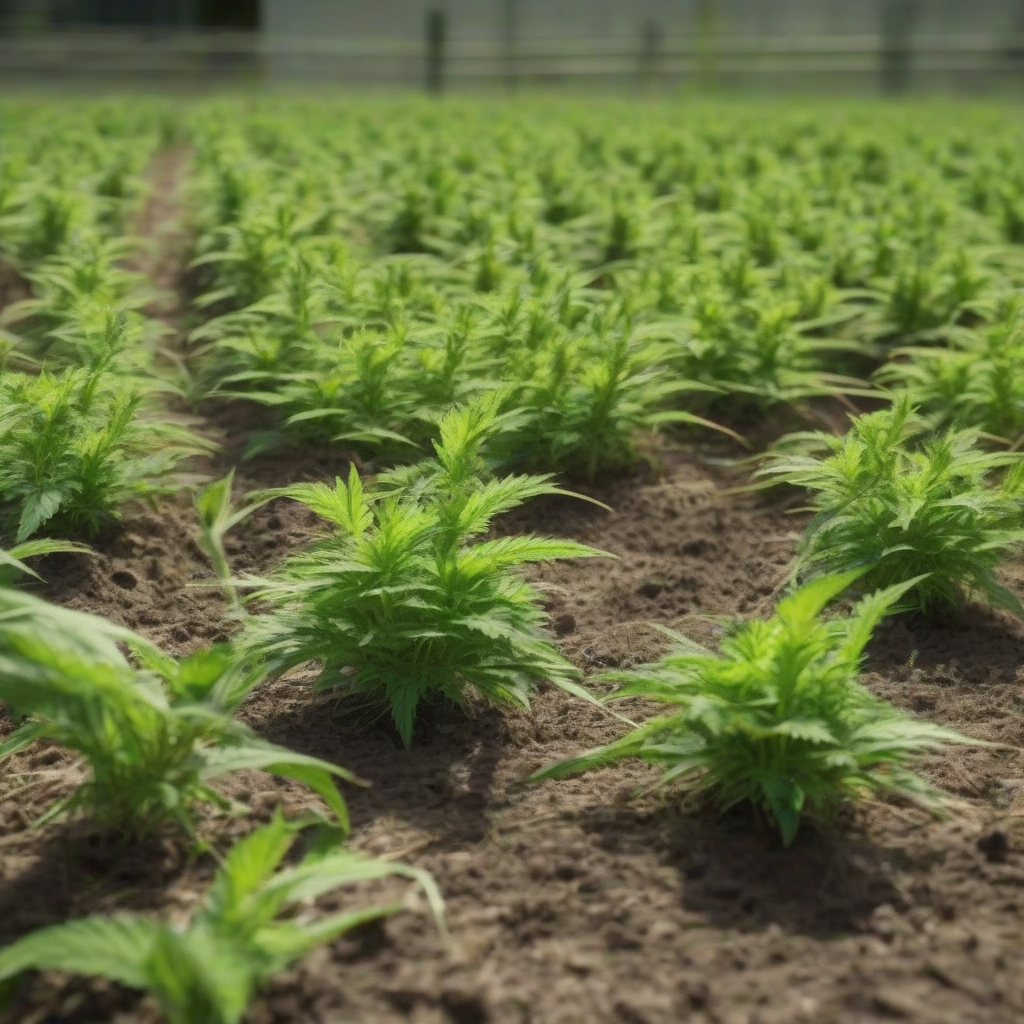Conquering the Green Menace: Your Ultimate Guide to Weed Control Near You
Unwanted weeds can quickly transform a pristine lawn into a chaotic jungle. Whether you’re battling tenacious dandelions, aggressive crabgrass, or a stubborn patch of bindweed, effective weed control is crucial for maintaining a healthy and attractive outdoor space. This comprehensive guide will help you navigate the world of weed control, providing you with the information and resources you need to reclaim your lawn and garden.
Identifying Your Weed Enemies: Knowing the Foe
Before embarking on a weed control strategy, accurate identification is paramount. Different weeds require different approaches. Failing to properly identify the weeds you’re facing can lead to ineffective treatment and wasted resources. Here’s a breakdown of common weeds and their characteristics:
- Dandelions (Taraxacum officinale): Easily recognizable by their bright yellow flowers and deeply serrated leaves. They have a robust taproot, making them difficult to remove completely.
- Crabgrass (Digitaria species): A summer annual that thrives in warm, sunny conditions. It spreads rapidly, forming dense mats that choke out desirable plants.
- Bindweed (Convolvulus arvensis): A persistent perennial with extensive root systems. It’s notoriously difficult to eradicate and can quickly overrun gardens.
- Clover (Trifolium species): While some consider clover a beneficial ground cover, excessive growth can be unsightly. It can indicate nutrient deficiencies in the soil.
- Plantain (Plantago species): These broadleaf weeds have flat leaves and often appear in compacted or poorly drained soil.
Weed Control Methods: Choosing the Right Approach
The best weed control method depends on several factors, including the type of weed, the size of the infestation, the location (lawn, garden, pathways), and your personal preferences. Here are some common approaches:
1. Manual Weed Removal: The Hands-On Approach
For small infestations or specific weeds, manual removal can be effective. This involves digging out weeds, including their roots, to prevent regrowth. This method is best suited for weeds with shallow root systems. For weeds with deep taproots like dandelions, a weeding fork or dandelion digger can be helpful.
2. Herbicides: Chemical Control
Herbicides offer a more aggressive approach to weed control. They are available in various formulations, including pre-emergent herbicides (preventing weed seeds from germinating) and post-emergent herbicides (killing existing weeds). It’s crucial to select the right herbicide for your specific weed type and follow label instructions carefully. Consider the environmental impact and potential risks to pets and children when using herbicides.
- Pre-emergent herbicides: Applied before weeds germinate, preventing them from sprouting. Best used in the spring or fall.
- Post-emergent herbicides: Applied after weeds have emerged. They can be selective (targeting specific weed types) or non-selective (killing all vegetation).
3. Mulching: A Natural Barrier
Mulching involves covering the soil with organic matter, such as wood chips, straw, or shredded leaves. This helps suppress weed growth by blocking sunlight and reducing moisture availability. Mulching also improves soil health and conserves moisture.
4. Cultivation: Soil Disturbance
Cultivation involves tilling or hoeing the soil to disrupt weed growth. This can be effective for controlling annual weeds, but it can also damage desirable plants. It’s important to be precise when using this method.
5. Landscaping Techniques: Preventative Measures
Proactive landscaping practices can minimize weed problems. This includes ensuring proper lawn care, such as regular mowing at the correct height, appropriate fertilization, and watering strategies. Dense ground cover can also help prevent weeds from establishing themselves.
Finding Weed Control Services Near You: Professional Help
For extensive weed infestations or if you prefer not to handle weed control yourself, professional weed control services are readily available. These services offer expertise, specialized equipment, and effective solutions tailored to your specific needs. When searching for “weed control near me,” consider the following factors:
- Experience and Expertise: Look for companies with a proven track record and experience in dealing with various weed types.
- Licensed and Insured: Ensure the company is properly licensed and insured to protect yourself from liability.
- Methods and Products Used: Inquire about the specific methods and products used, and ask about environmentally friendly options.
- Customer Reviews and Testimonials: Check online reviews and testimonials to gauge the quality of their services.
- Pricing and Contracts: Obtain clear pricing information and review the contract carefully before signing.
Organic Weed Control: Environmentally Friendly Options
For those seeking eco-friendly solutions, organic weed control methods are available. These methods focus on minimizing the use of synthetic chemicals and employing natural techniques. Some organic weed control methods include:
- Vinegar: Acetic acid in vinegar can kill some weeds, but it requires careful application to avoid damaging desirable plants.
- Boiling Water: Pouring boiling water on weeds can effectively kill them, but it’s a localized approach.
- Natural Herbicides: Some natural substances, like corn gluten meal, act as pre-emergent herbicides.
- Beneficial Insects and Microorganisms: Introducing beneficial insects and microorganisms can help control weed populations naturally.
Maintaining a Weed-Free Landscape: Ongoing Care
Weed control is an ongoing process. Even with effective treatments, weeds can reappear. Regular maintenance is crucial for keeping your lawn and garden weed-free. This includes:
- Regular mowing: Keep your lawn at the recommended height to prevent weeds from establishing themselves.
- Prompt weed removal: Addressing weeds promptly prevents them from spreading.
- Proper fertilization and watering: Healthy plants are less susceptible to weed competition.
- Seasonal weed control: Apply pre-emergent herbicides in the spring and fall.
- Mulching: Maintain a consistent layer of mulch to suppress weed growth.
Understanding Local Regulations and Restrictions: Legal Considerations
Before using any herbicide, check your local regulations and restrictions. Some areas have limitations on the types of herbicides that can be used, especially near water bodies or sensitive ecosystems. Always read and follow the label instructions carefully.
Safety Precautions: Protecting Yourself and the Environment
When using herbicides or other weed control methods, prioritize safety. Always wear appropriate protective gear, such as gloves, eye protection, and long sleeves. Keep children and pets away from treated areas. Dispose of chemicals and other materials properly according to local regulations.

